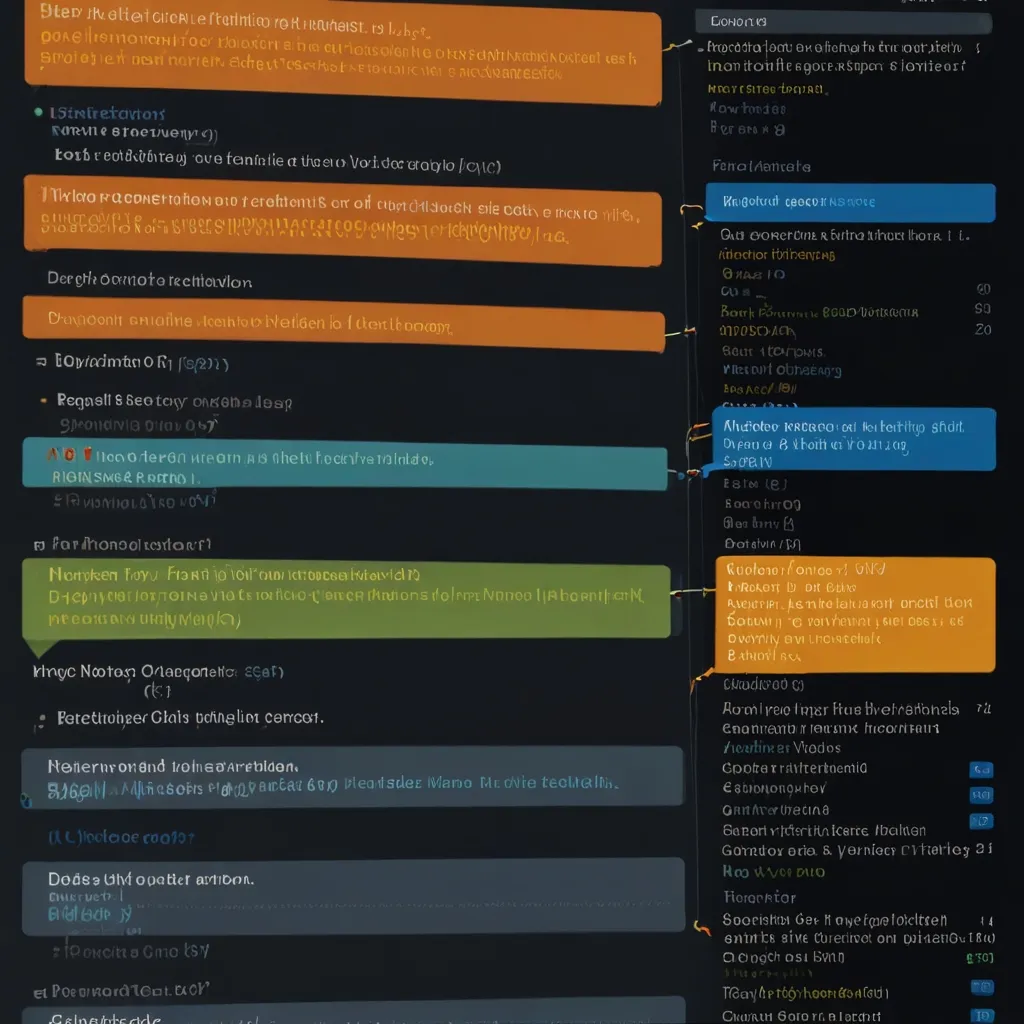Choosing the right framework for building web applications can feel like a Herculean task. But among the plethora of options, the Pyramid Framework really stands out for its sheer flexibility, scalability, and impressive security features. It doesn’t matter if you’re dabbling with a small website or knee-deep in a large-scale enterprise project, Pyramid handles it all without breaking a sweat.
Let’s dive into where Pyramid got its start, and why it’s become a beloved tool for developers everywhere. So, Pyramid was first released back in 2010. It evolved from the Pylons project with the goal of creating something that was lightweight yet versatile. Fast forward to today, and Pyramid has morphed into a highly adaptable and scalable framework that’s a go-to option for many devs.
What really sets Pyramid apart is its flexibility. You get to pick and choose the components you need—be it templating engines, database setups, or security features. It’s like a buffet where you tailor your plate to fit your appetite. For example, you can choose between Jinja2 or Chameleon for templating, and no matter what you pick, Pyramid ensures everything runs smoothly. This modularity means you can initiate a small project and then scale it up without having to worry about hitting a wall.
Pyramid follows a minimalist approach. It only serves up the essential tools right off the bat, leaving you with the freedom to add features as you grow. This way, you sidestep the dreaded “framework magic,” and maintain control over every aspect of your application. You could start with something as simple as a single-file module and build layers of complexity as your project demands. It’s pretty intelligent design if you ask me.
Another awesome feature is Pyramid’s URL mapping system. Ditching traditional routing for a traversal system, Pyramid makes URL dispatching a breeze. Cleaner, more readable URLs? Yes, please! It’s great for both SEO and user experience. You can define routes with methods like config.add_route, making the whole URL configuration very intuitive and easy to manage.
When it comes to security, Pyramid has you covered with built-in support for authentication and authorization. This keeps your web apps safe and trusted. Integrated CSRF (Cross-Site Request Forgery) protection is just part of the package. Implementing security policies is so darn simple—you define how to authenticate users and check permissions using clear, straightforward classes.
Here’s a quick look at a basic security policy:
from pyramid.security import Allowed, Denied
class SessionSecurityPolicy:
def identity(self, request):
userid = request.session.get('userid')
if userid is None:
return None
return load_identity_from_db(request, userid)
def authenticated_userid(self, request):
identity = self.identity(request)
if identity is None:
return None
return str(identity.id)
def permits(self, request, context, permission):
identity = self.identity(request)
if identity is not None:
return Allowed('User is signed in.')
else:
return Denied('User is not signed in.')
See? It checks if a user is signed in before allowing access, keeping things secure but straightforward.
Pyramid is also super flexible when it comes to templating. Whether you prefer Jinja2, Chameleon, or another templating engine, you’ve got the freedom to choose. And with its highly extensible nature, adding plugins and extensions to ramp up your project’s functionality is easy. Tools like cookiecutter help get you started with a new Pyramid project tailored to your needs, right out of the box.
Testing your web application? Pyramid makes that a breeze too. With built-in testing tools and seamless integration with frameworks like pytest, you can ensure your app runs reliably before going live. Testing is vital, and Pyramid makes it feel less like a chore and more like a part of the natural workflow.
Looking for some hand-holding? Pyramid has a vibrant community and stellar documentation. From forums to comprehensive guides, there’s plenty of support to help you along your journey, whether you’re just starting out or you’re a seasoned pro.
Real-world examples prove Pyramid’s mettle. Mozilla has harnessed Pyramid for several of its services, showcasing its reliability and performance. Another neat example is KARL, an open-source collaboration platform built with Pyramid. It’s evidence that Pyramid can definitely handle large, complex applications.
Eager to jump in and give Pyramid a go? Starting a new project is pretty straightforward.
First things first, ensure you’ve got the latest version of Python installed. Then, create a virtual environment using the venv module. It’s as easy as:
python -m venv myenv
myenv\Scripts\activate
Next up, install Pyramid:
pip install pyramid
You might also want to install cookiecutter and waitress for creating and running your project. That’s as simple as:
pip install cookiecutter waitress
To create a new project using cookiecutter:
cookiecutter gh:Pylons/pyramid-cookiecutter-starter
Navigate to your project folder and install the required dependencies:
pip install -e .
Finally, get your development server up and running:
pserve development.ini
Voila! You’ve got a new Pyramid project ready to roll.
In conclusion, Pyramid offers an exceptional foundation for building web applications, whether they are small-scale or grand enterprises. It’s flexible, scalable, and boasts solid security features. The minimalist approach lets you control every bit of your app, and the community support ensures you’re never alone in your development journey. From powerful URL mapping to easy testing, Pyramid is just stellar. If your project needs a framework that’s robust and versatile, Pyramid should definitely be on your radar.






